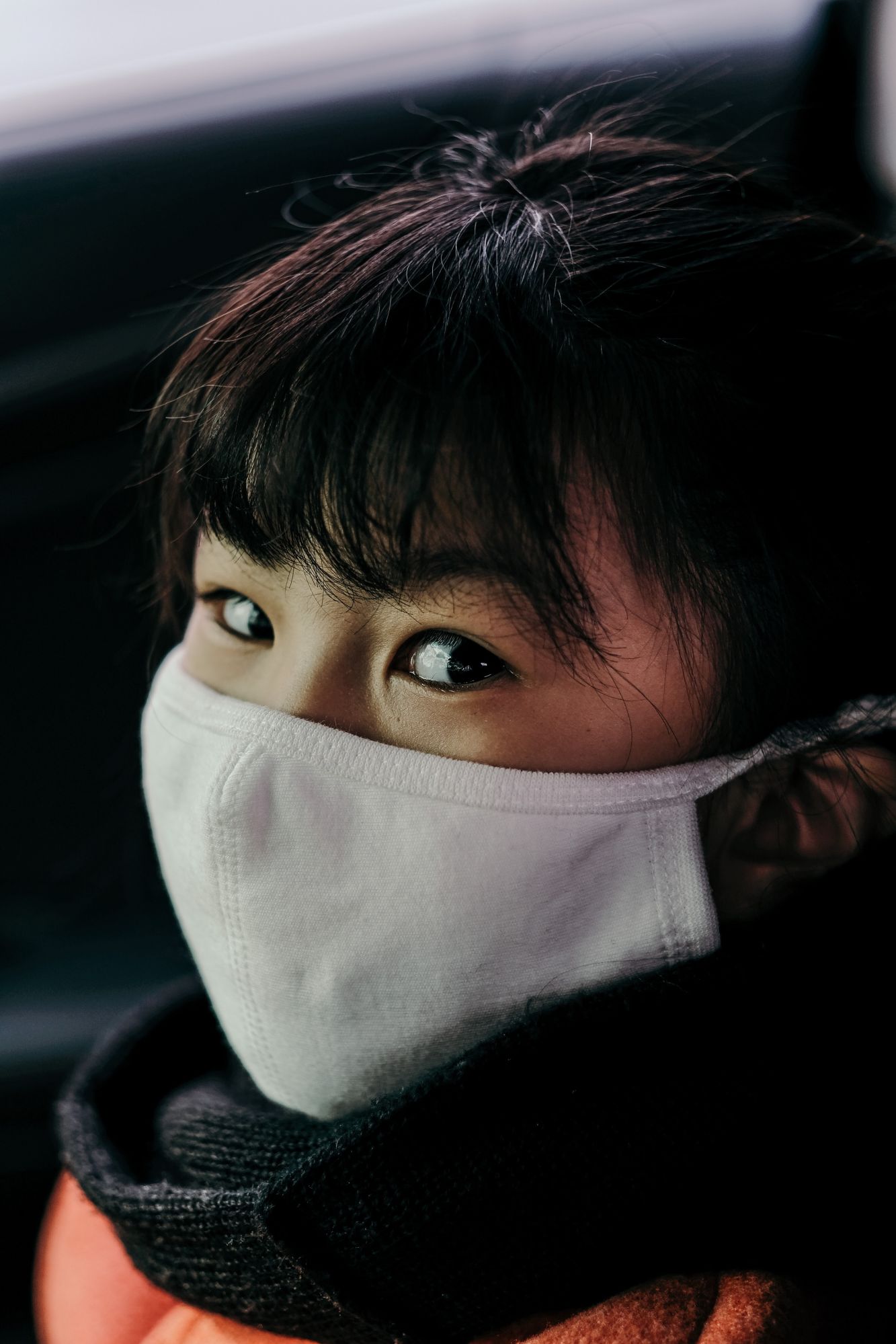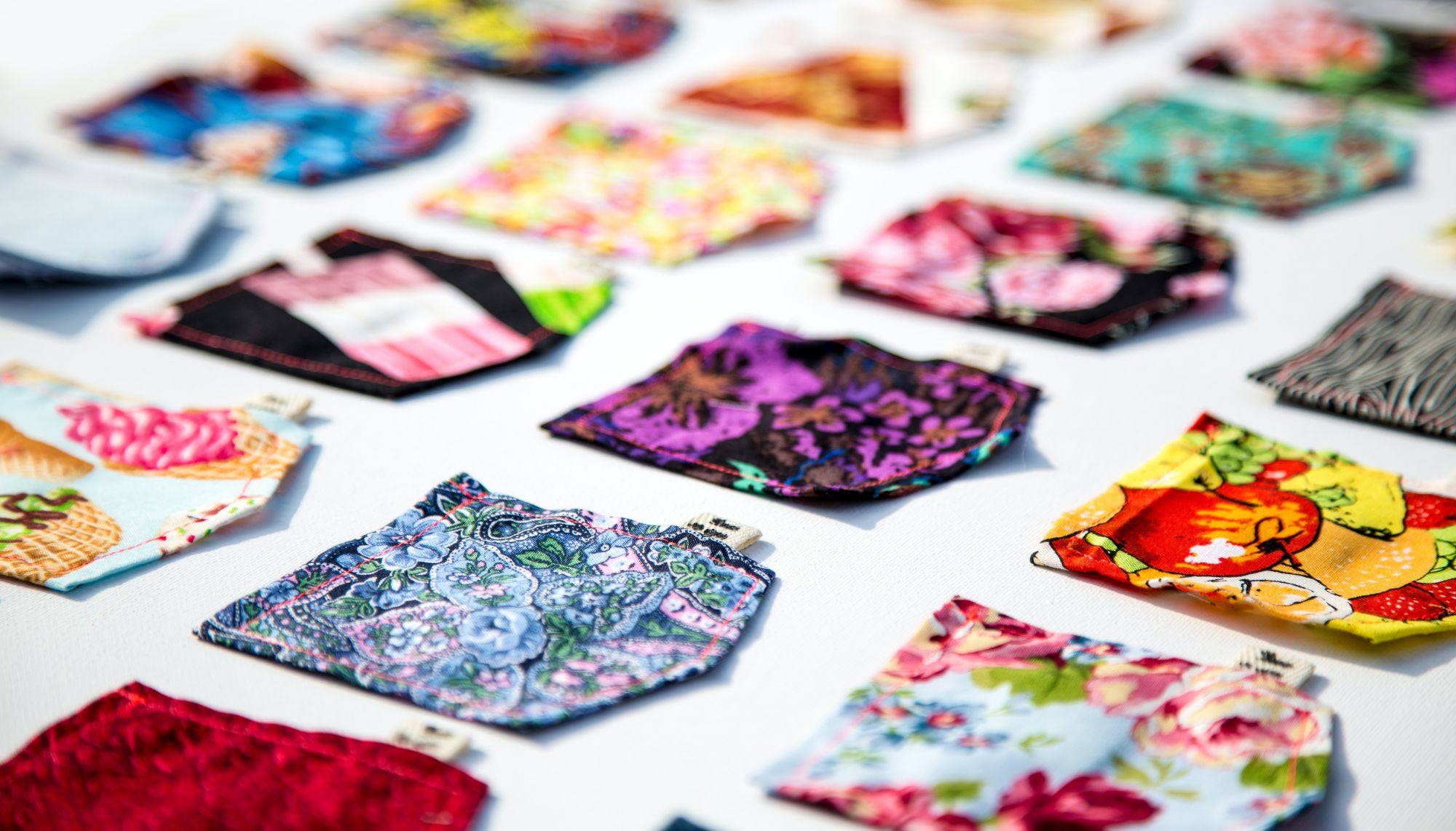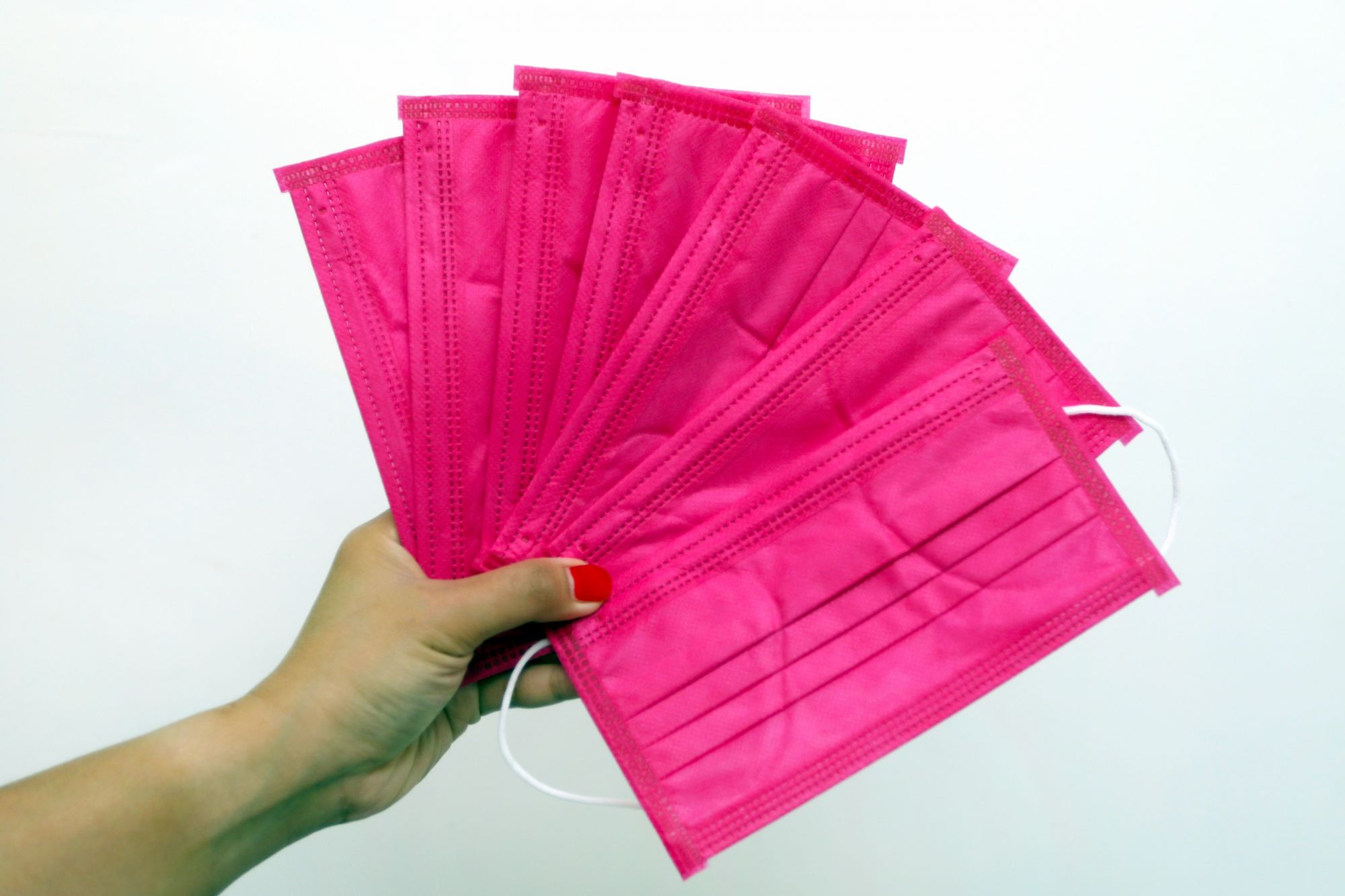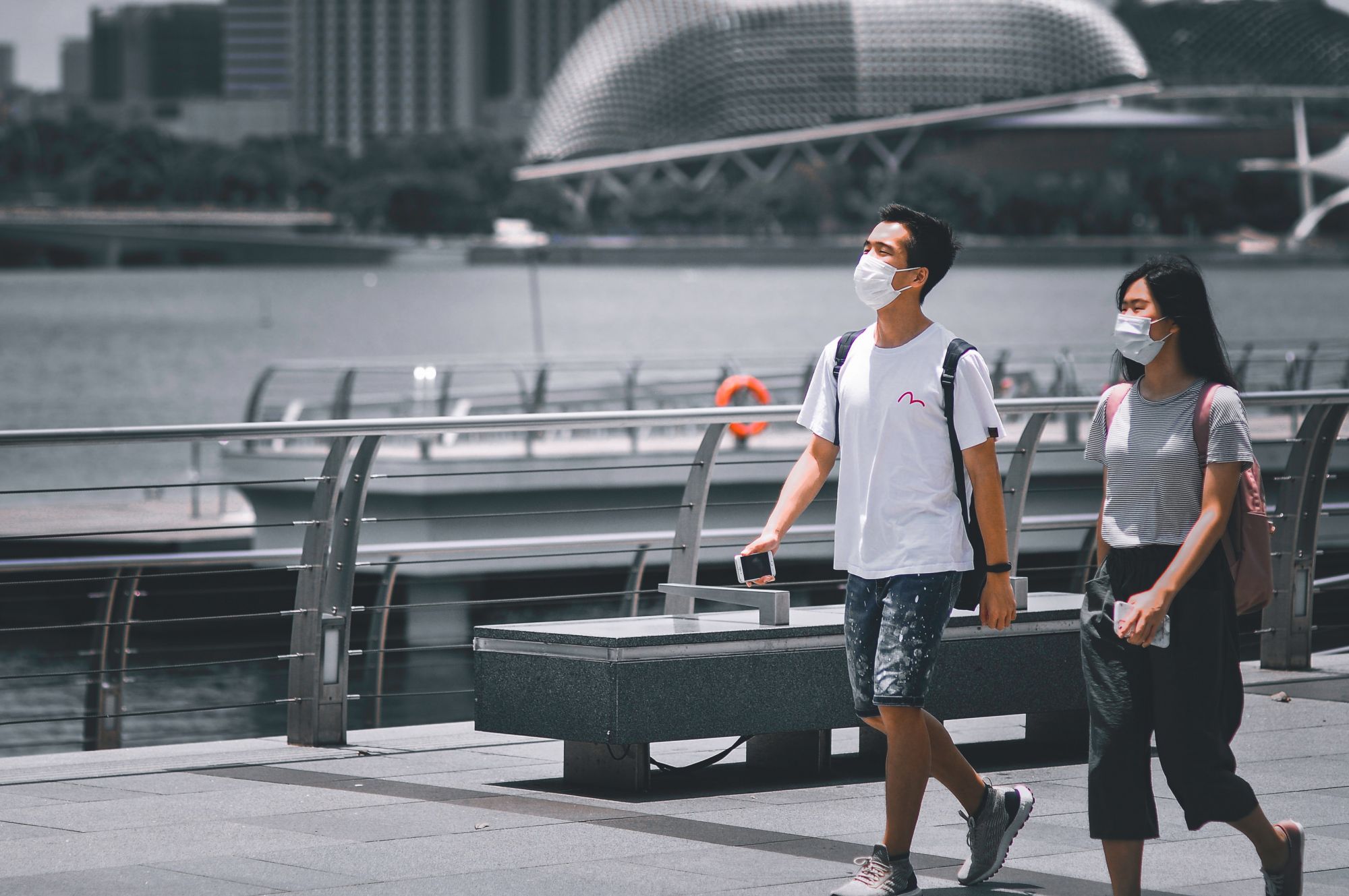If you are making your own masks to protect yourself during the Covid-19 outbreak, there are a few things to keep in mind
While there have been some confusing and even contradictory messages from organizations and even governments on whether we should all be wearing a mask during the Covid-19 pandemic, some health experts have come out in favour of masks, saying that even homemade cloth face masks offer some degree of protection against the Covid-19 virus. If you are making your own, there are a few things to keep in mind.
"While masks may not prevent transmission completely, they should help reduce it," says Sangwei Lu, an adjunct professor of infectious diseases and vaccinology in the School of Public Health at UC Berkeley. Loretta Fernandez, an assistant professor of civil and environmental engineering at Northeastern, agrees, saying that even if homemade masks don't filter out everything, they can lower the chances of viral droplets making it into the airways.
(Related: Coronavirus Tips: Reusable Face Masks for Kids and Adults that You Can Buy Online in Singapore)
Covid-19 expert at the Mayo Clinic Dr Gregory Poland also adds, "They are not only a way of decreasing breathing in the virus, primarily through large respiratory droplets, but also a behavioural reminder that there's a pandemic and life is not the same right now—and a reminder not to put our hands in our eyes nose or mouth until we've washed our hands."
Here Lu, Fernandez and Dr Poland offer some of their advice for making your own DIY mask as effective as possible.
1. Choose the right fabric
Although people have been using whatever they have on hand to make masks, Dr Poland says, "There have been some studies looking at types of fabric. For example, high-quality, woven tee shirts tend to be better than for example, scarves. Cotton towels that are thicker with tight weaves tend to be better. So there are some materials that appear to be better than others in the few studies that have been done."




